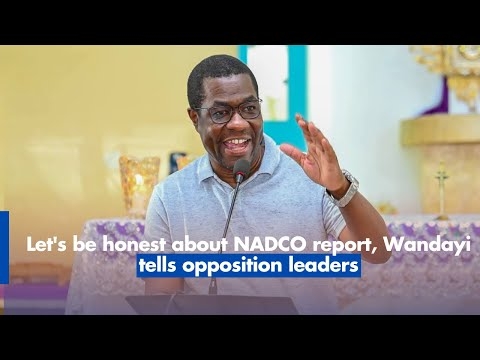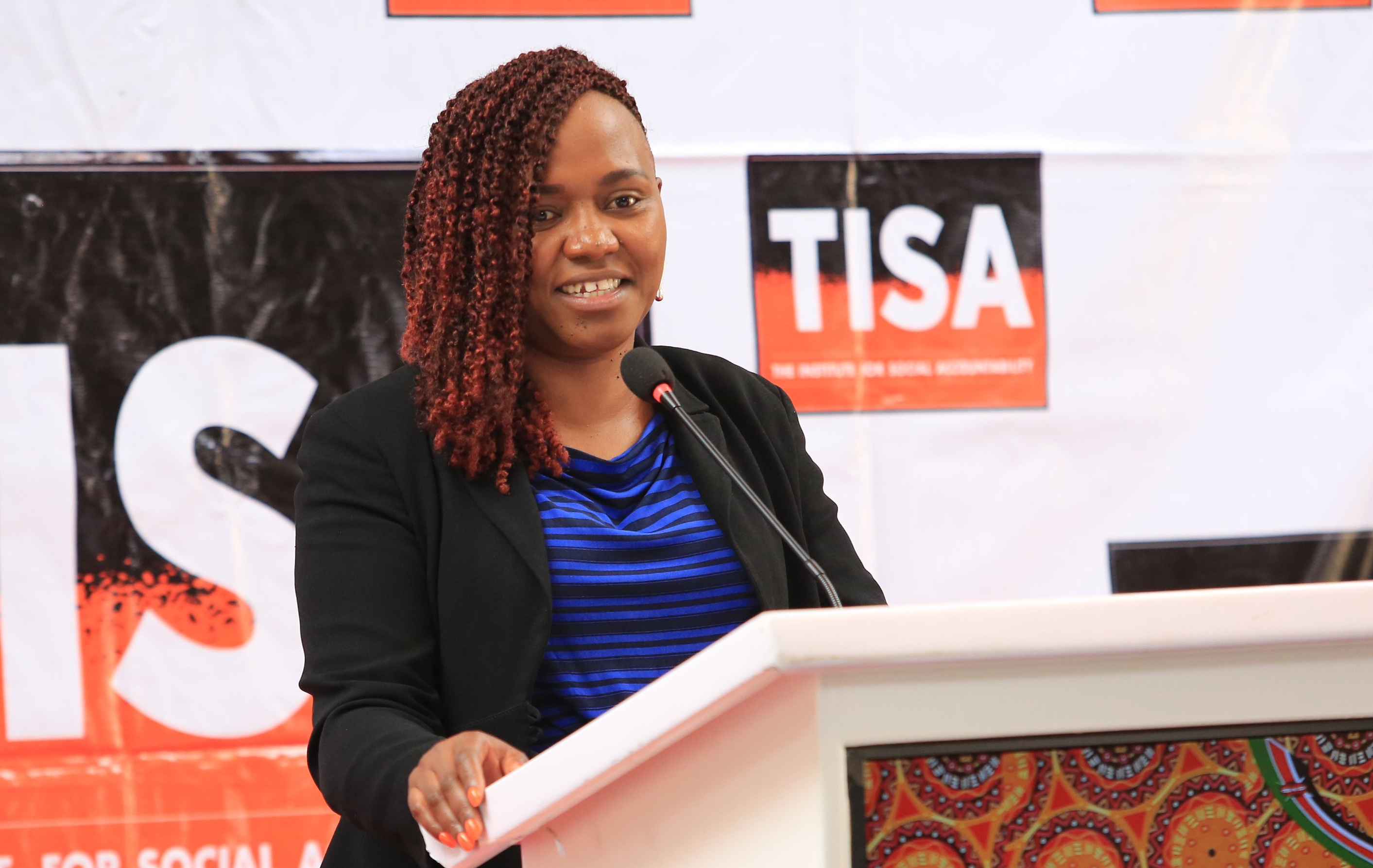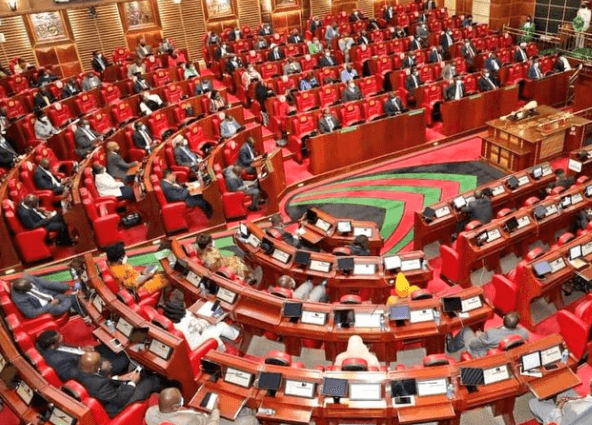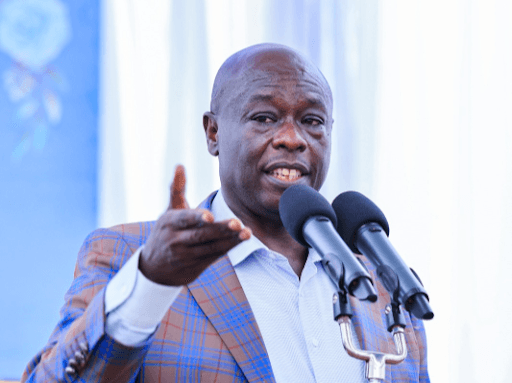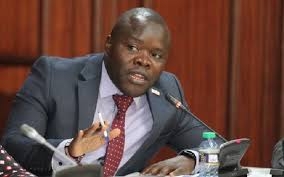


A number of youths from Garissa county have expressed fear that
several challenges could undermine the success of the recently launched Sh5
billion Nyota project in the county.
President William
Ruto officially launched the National
Youth Opportunities Towards Advancement on Monday.
Implemented in partnership with the World Bank, it will provide Sh50,000 grants to 70 youth in each of Kenya’s 1,450 wards to help them start businesses.
During a sensitisation forum in Garissa, the youth
cited poor network coverage, limited access to electricity and
the nomadic lifestyle of local residents as major obstacles.
Abdi Mohamed, a local youth, said that while the project seeks
to expand access to economic opportunities, skills development and digital
inclusion—key to tackling unemployment and marginalisation—the structural
barriers cannot be ignored.
“We have to be honest with each other and stop sugarcoating.
While the project is laudable in its intent, unless the underlying challenges
are addressed, it risks excluding the very communities that need it most,”
Mohamed said.
Hussein Mohamud, a resident, said many parts of Northeastern
still suffer from poor or non-existent internet connectivity, limiting access
to online training and application portals.
“Several components of the Nyota Project rely on digital
platforms. The lack of reliable network infrastructure will effectively lock
out many young people in this region,” he said.
Abdulkarim Hussein urged the government to design
interventions that take into account the nomadic lifestyle of local
communities.
“Our people move constantly in search of water and pasture.
Programmes with fixed timelines and rigid locations simply don’t work for us,”
he said.
Responding to the concerns, Shipping and Maritime Affairs
PS Aden Millah, who chaired the forum, said the challenges could be addressed
through collaboration and community engagement.
He urged chiefs and their assistants to conduct sensitisation
meetings to ensure all eligible youth apply and called for partnerships
with county governments, local leaders, civil society, and the private
sector to ensure fair and inclusive outreach.
“This region has one of the youngest populations in the country—rich in energy, innovation and resilience. But challenges such as unemployment, low digital literacy and limited market linkages have hindered progress,” Millah said. “I urge our local administrators to work closely with our technical teams to mobilize, verify and support our youths throughout this journey,” he added.
Instant analysis
While the
Nyota initiative promises economic empowerment for youth, Garissa residents
point out persistent structural barriers—poor connectivity, unreliable power
and nomadic lifestyles—that threaten its success. Their concerns expose a gap
between policy design and local context, a recurring theme in development
programmes targeting Kenya’s arid areas. The government’s pledge for collaboration
and sensitisation is positive, but without tailored strategies reflecting local
realities, Nyota risks excluding those most in need. The piece effectively
captures both optimism and skepticism surrounding youth empowerment efforts.





